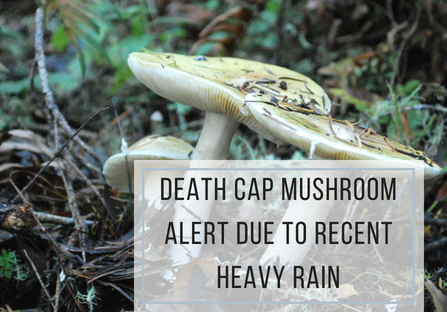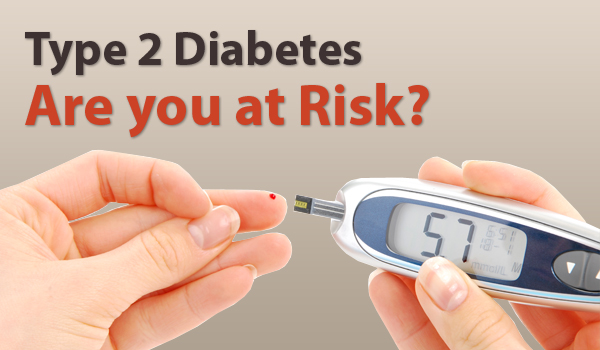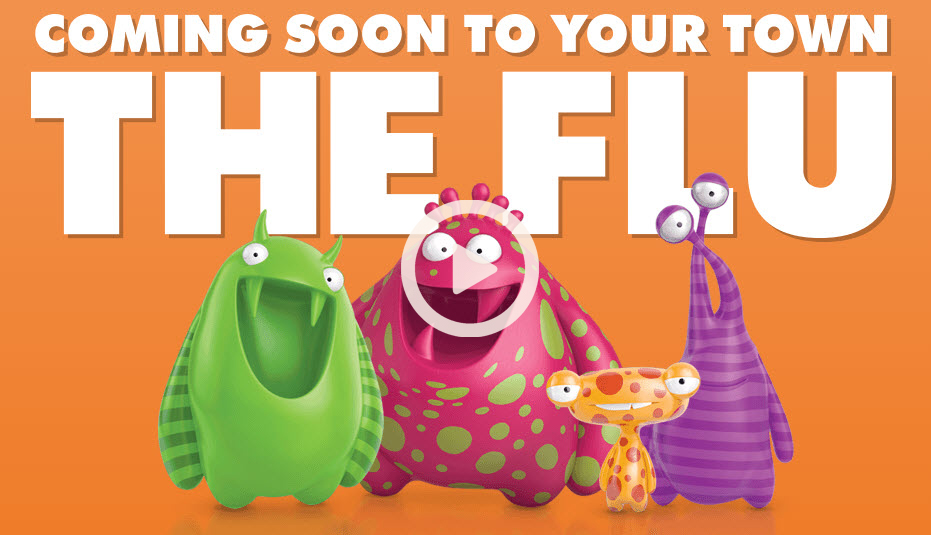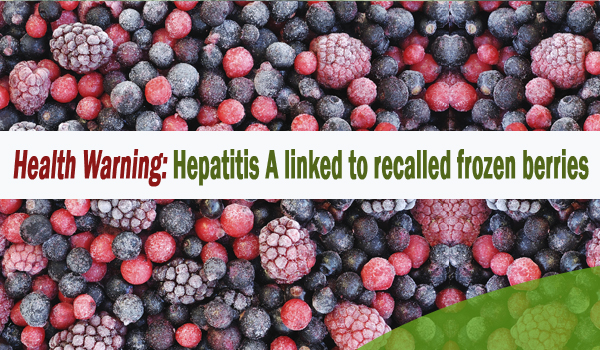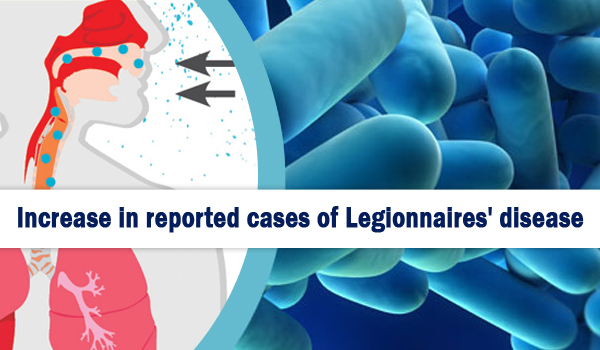ACT Chief Health Officer, Dr Paul Kelly, today alerted the community to the potential of Death Cap mushrooms growing around the ACT due to the recent heavy rainfall.
Dr Kelly said Death Cap mushrooms are extremely poisonous and can easily be confused with other wild mushrooms and the community are reminded not to pick or eat any wild mushrooms.
“Death Cap mushrooms are typically seen in Canberra from late March, although they can be seen at other times during the year dependent on weather conditions,” Dr Kelly said.
“With the recent heavy rain, we are reminding all Canberrans not to pick or eat any wild mushrooms and to pass this message on to family and friends who are visiting or new to Canberra.
“It can be extremely difficult, even for the most experienced collectors, to distinguish a small Death Cap mushroom from an edible mushroom. For this reason, all mushrooms should be purchased from a reputable supplier.
“All parts of the Death Cap mushroom are poisonous, and eating just one can be fatal. Cooking the Death Cap mushroom does not make it safe to eat.
“Anyone who suspects they may have eaten Death Cap mushrooms should seek urgent medical attention at a hospital emergency department. The sooner treatment can begin, the better the patient’s chances of survival,” Dr Kelly said.
In Canberra, Death Cap mushrooms grow mainly near established oak trees in the wet, warm weather typically observed in late summer and autumn.
Death Cap Mushrooms
Amanita Phalloides
The Death Cap mushroom (Amanita Phalloides) is a deadly poisonous fungus. They often grow near established oak trees, and are found when there is warm, wet weather. In Canberra this usually occurs in autumn but there is no specific mushroom season. There have been multiple incidents and fatalities associated with Death Cap mushrooms.
It can be extremely difficult for even experienced collectors to distinguish Death Cap mushrooms from an edible mushroom. People should not pick or eat wild mushrooms, and should talk to their families, friends and neighbours about the dangers of Death Cap mushrooms. Cooking Death Cap mushrooms does not make them safe.
Symptoms
Symptoms of Death Cap mushroom poisoning generally occur 6–24 hours or more after ingestion of mushrooms and include stomach pains, nausea, vomiting and diarrhoea.
Symptoms may subside for 1–2 days giving a false impression of recovery. However, by this stage the toxin will have already caused serious liver damage. Liver failure and death may occur.
Medical Treatment
Anyone who suspects that they might have eaten Death Cap mushrooms should seek urgent medical attention at a hospital emergency department. Where possible take a whole mushroom sample for identification. The sooner the treatment begins, the better the chances of survival.
Further information and assistance if poisoning is suspected can be sought by calling the Poisons Information Centre on 13 11 26 (24 hours a day, seven days a week).

